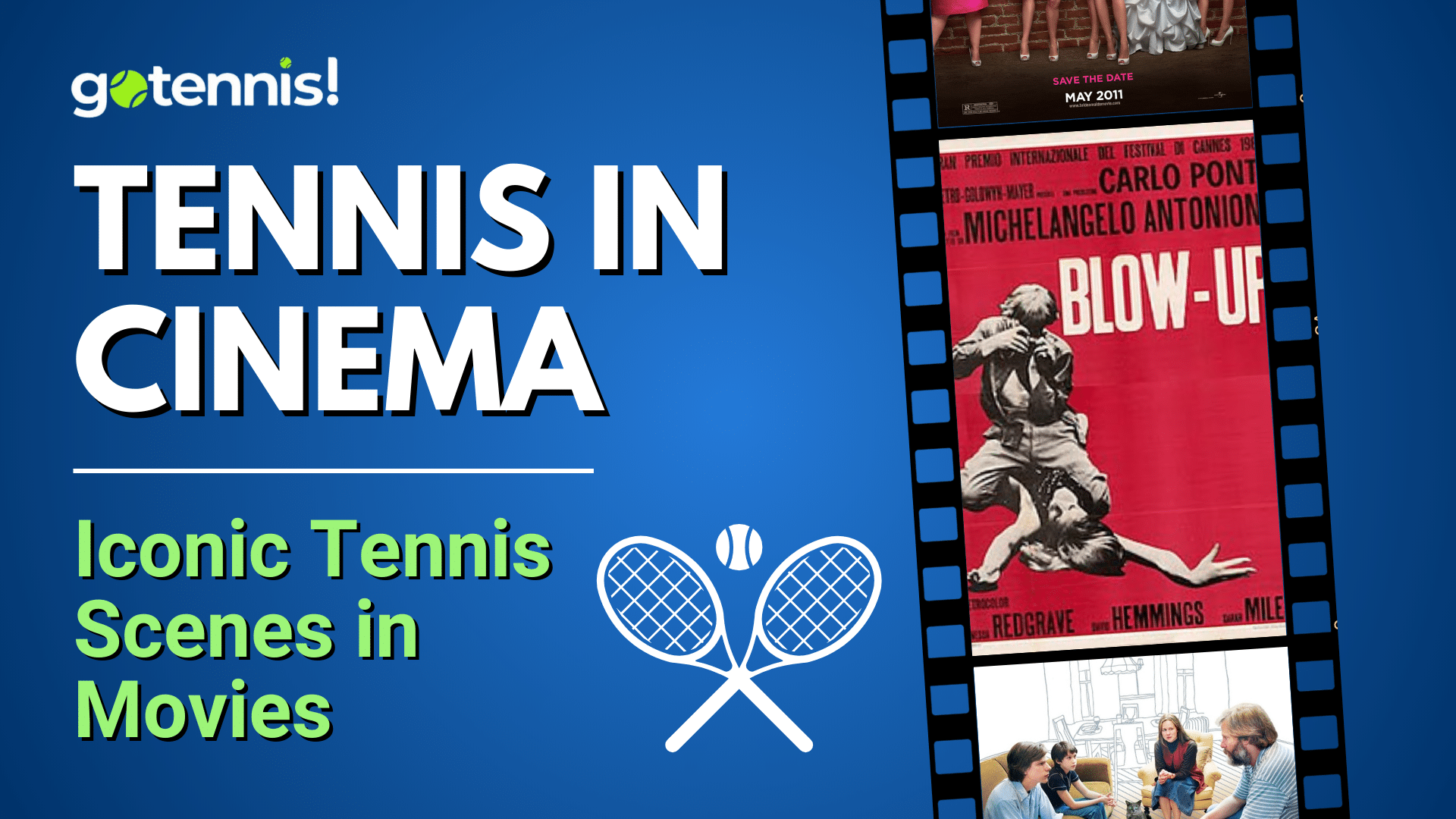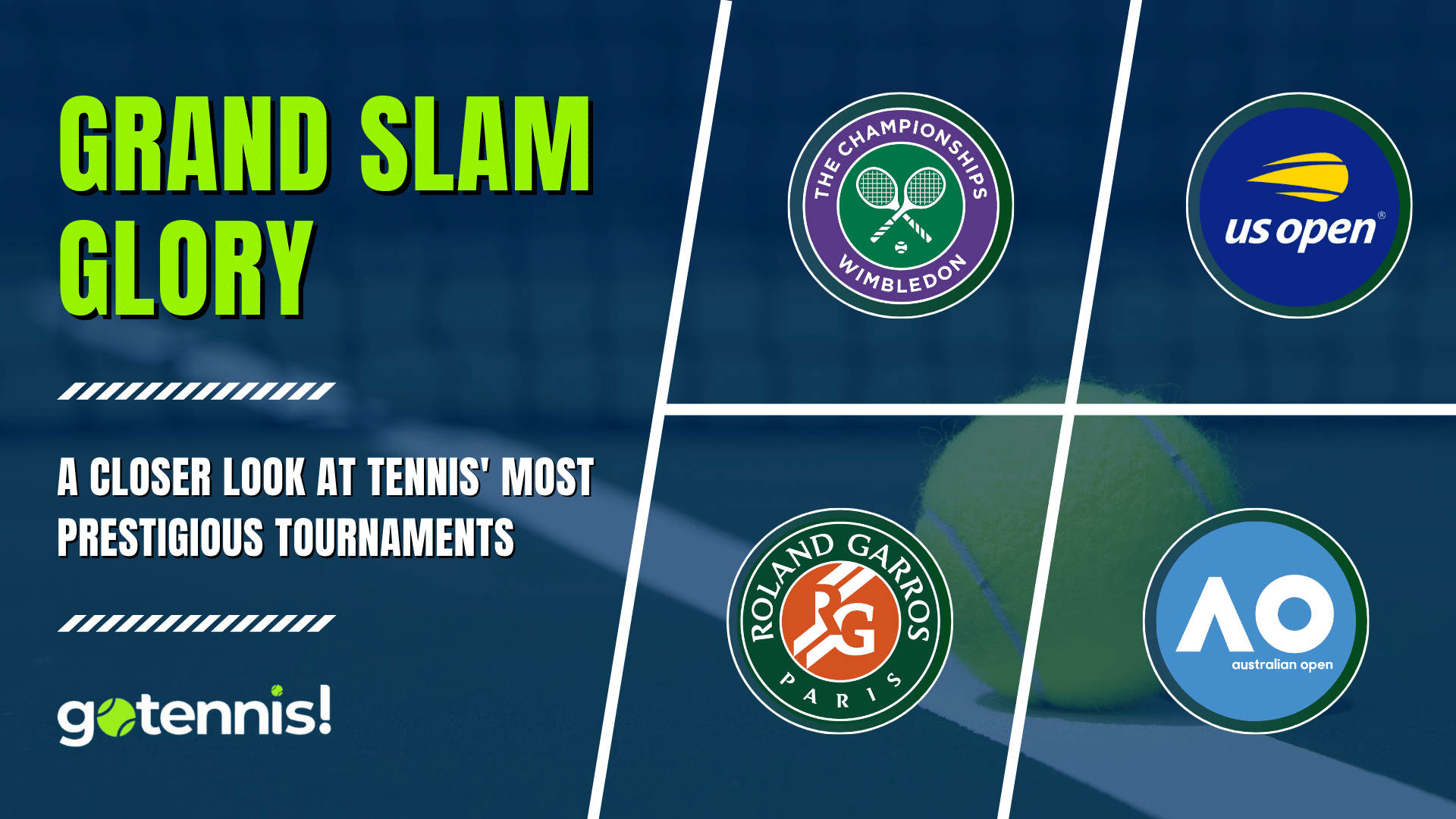When it comes to classic American sports films, the few films that are centered on tennis are typically not included on the final list. What exactly is going on? The sport of boxing, which is played by a significantly smaller number of people than tennis, has been honored with more than 25 Academy Awards. In spite of the fact that it is one of the few films that focuses on tennis and is available to fans, Wimbledon, which was released in 2004, does not do our sport credit. In this article, we have chosen the best tennis moments in movies, ranging from the serious to the amusing to the somewhat weird. This is despite the fact that there are not many rackets and yellow balls displayed on the big screen.
Battle of the Sexes
One of the most iconic sporting events is the televised match that made Billie Jean King and Bobby Riggs famous. Before the match, there was a lot of conjecture, but as the players took the court, King’s victory against the haughty chauvinist in straight sets wasn’t really in dispute. To simulate viewing on TV, directors Valerie Faris and Jonathan Dayton decided to capture the match sequences from a high vantage point. Even though this means we won’t be able to see Emma Stone and Steve Carell up close and personal as they struggle through, their stunt performers, Vince Spadea, and Kaitlyn Christian, give one of the most accurate portrayals of genuine tennis on screen. Dayton and Faris are also able to portray the match as a spectator’s narrative because of this distance. At match point, when everyone is holding their breath, Billie Jean returns Bobby’s serve and runs him all over the court. When she eventually hits the ball past him, she tosses her racquet in the air in an exuberant but by no means disbelieving celebration, which is the best tennis scene in the movie. For Billie Jean King, there was never any uncertainty about the result of the match. However, both those there at the Astrodome and those observing from home had to witness it to be believed.
The Royal Tenenbaums
Every Tenenbaum child has had a moment of wasted promise; Richie (Luke Wilson), the former tennis prodigy sporting the McEnroe headband, had his time when his bright tennis career crashed and burned during a widely publicized on-court collapse at “Windswept Fields.” In addition to being Wes Anderson’s New York film, The Royal Tenenbaums is noteworthy for everything else, and one of its many delights is the small nooks and crannies of the city that speak to Anderson’s sensibilities. And with its grass fields and Tudor-style clubhouse above the courts, the West Side Tennis Club at Forest Hills—the previous location of the U.S. Open—is the most Wes Anderson-esque area of New York. The film’s most striking portrayal of despair is when Richie, upset about his sister’s marriage to Raleigh St. Clair, sits on the baseline with his shoes off and is ready to throw a triple-bagel to his opponent (whom he has named Gandhi, of course), while unvoiced commentators who are played by Jason Schwartzman and Andrew Wilson deadpan in shock.
Bridesmaids
The confrontation between Annie (Kristen Wiig) and Helen (Rose Byrne) in Bridesmaids is a grudge battle for the ages. It is the only tennis sequence in the film that is temperamentally suitable for an AC/DC montage. Despite the fact that the tennis match itself only lasts for one minute of screen time, the competition feels like it will never end because of the passive-aggressive buildup that occurs around whether or not people (namely, their mutual friend Lillian) genuinely change. Annie and Helen do not aim their shots at the baselines but rather at each other’s torsos when they are on the court. They spray their shots with reckless aggression during their game. The filmmaker, Paul Feig, chooses to use slow-motion impact shots that would make even the most stylish action director green with envy. In the film, former Saturday Night Live cast members Melanie Hutsell (“Get your shit together, Carol!”) and Nancy Carell wind up playing the role of confused bystanders rather than doubles partners.
The Squid and the Whale
The incredibly prickly family of Brooklyn intellectuals depicted in Noah Baumbach’s achingly sharp portrayal of a family divorce finds numerous ways to highlight the most fragile aspects of its individuals. And since there aren’t many sports that are more effective in highlighting the weaknesses in a posh family than tennis, Baumbach begins his movie with a mixed doubles match among family members. In just a few minutes, Walt (Jesse Eisenberg), the eldest son of Jeff Daniels’s Bernard, is being instructed by his mother Joan (Laura Linney) not to brag and not to swear, while Bernard (Jeff Daniels) is making questionable decisions. Everything that characterizes this family unit in its last stages is present on the court, from Walt’s unconscious recognition of his father’s hints to Bernard’s poisonous rivalry and his haughty demeanor toward his younger brother (Owen Kline).
Blow-Up
Though forty years earlier, the great Italian maestro Michelangelo Antonioni utilized a tennis match as his ending sequence and pulled it off so beautifully that film students are still talking about it, Baumbach demonstrated to us the manner in which the tennis match could act as a perfect start to a film. In Antonioni’s iconic film, David Hemmings plays a photographer who, while secretly shooting pictures of a couple in a park, thinks he has accidentally captured evidence of a murder. The scene in which Hemmings’s character stumbles upon a group of mimes who have taken to a tennis court to stage a make-believe match is just one of the many ways the movie explores themes of perspective, including whether we can even suspect the images we are shown on screen and whether we have truly seen what we think we have seen. Antonioni’s camera follows the action more closely as the two of them strike the “ball” back and forth, displaying graceful form even though their ground strokes don’t look all that formidable. Eventually, the “ball” is hit across the fence, and Hemmings has to decide whether to partake in this surreal act and throw it right back onto the court. Suddenly, the echoes of a bouncing ball and real racket smashes can be heard as the camera focuses on Hemmings’s face. Can we sense what Hemmings perceives? Does Hemmings really exist at all? Or has Antonioni disclosed that his film is an abstraction in its entirety? It may not have actually happened, but it’s most likely the most sophisticated tennis match in the history of movies.










